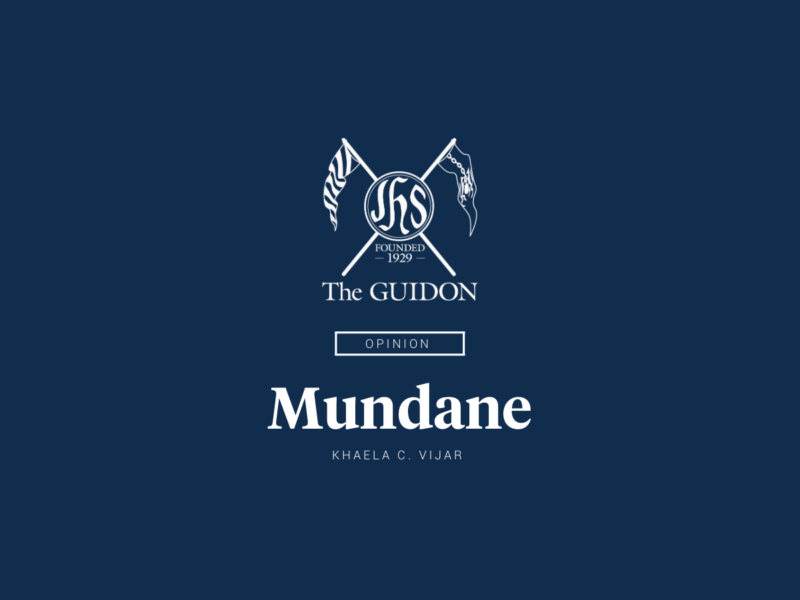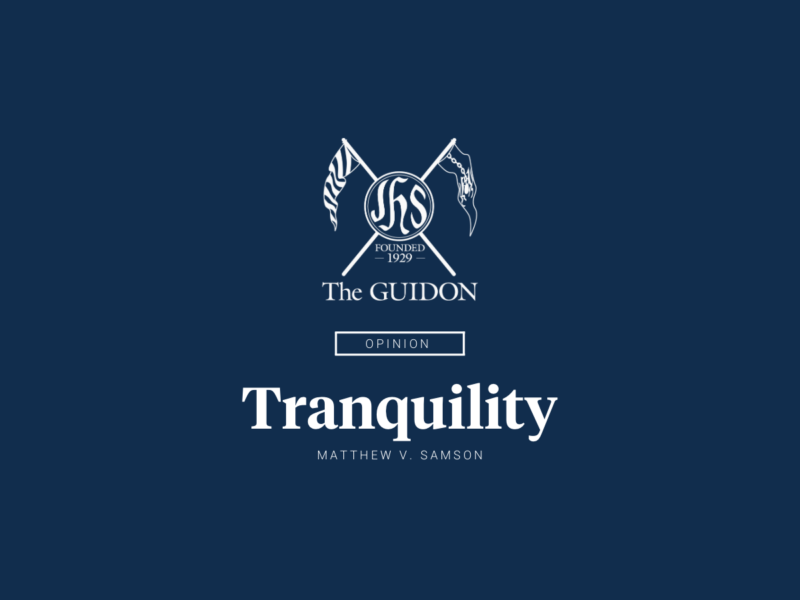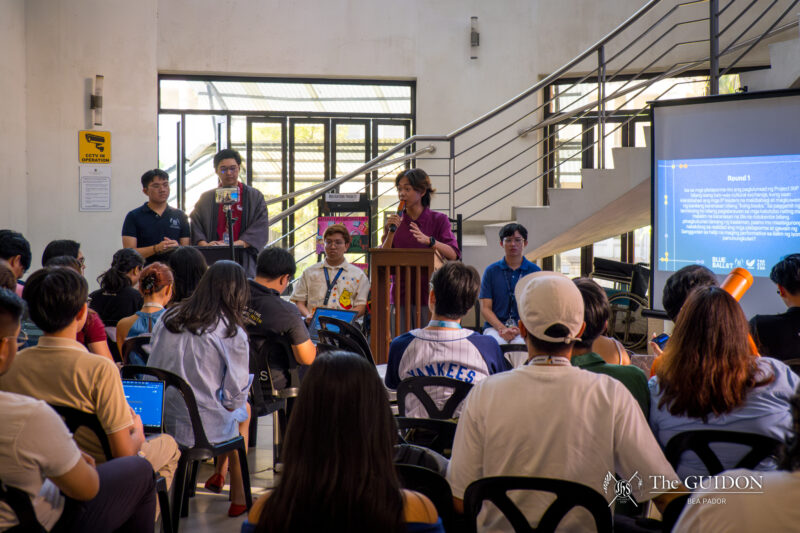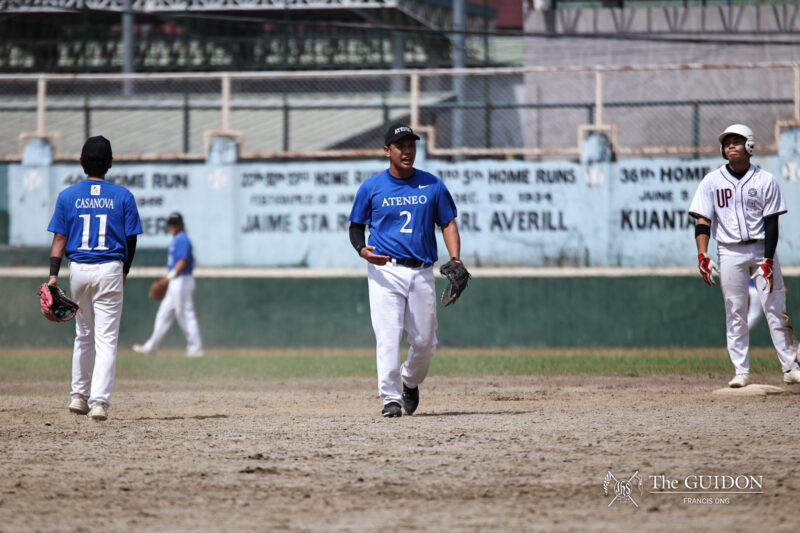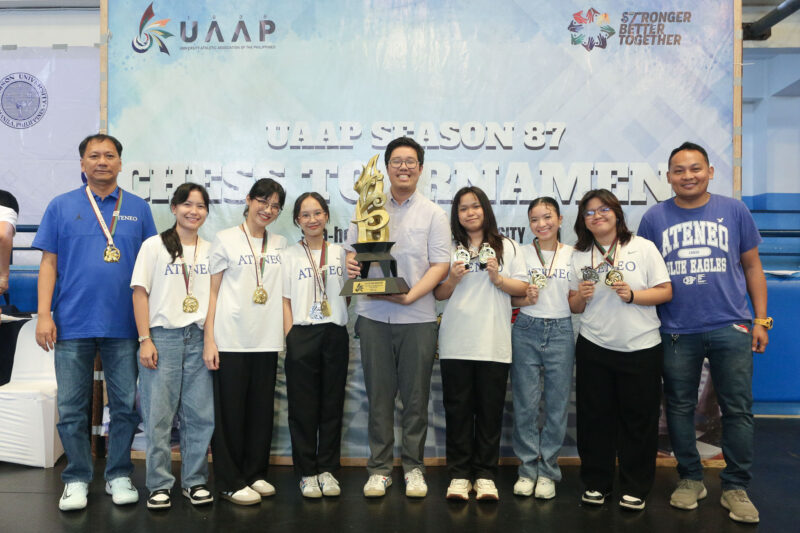When I first moved to Metro Manila, I dreaded the day a Manileño would ask me, “May giyera ba sa Mindanao? (Is there war in Mindanao?)”
Although the question does not settle well with many fellow Mindanaoans, we cannot blame people who live outside Mindanao for asking if we are constantly at war. After all, they have no other way to learn about Mindanao other than from the residents themselves.
National media is not an effective bridge between the three island groups either. In the rare instances when Mindanao makes it to national news, the headlines usually tell stories of suicide bombings in Western Mindanao, the Maute Group behind the Marawi Siege, and other extremist groups such as the Abu Sayyaf.
News coverage is so focused on religious extremism in Mindanao that it started to build the common misconception that Mindanao is plagued with Muslim terrorists. A Center for Media Freedom and Responsibility study revealed that the words “terror,” “terrorist,” and “terrorism” appear almost as many times as the words “Muslim” or “Islam” in the Philippine Daily Inquirer’s 70 articles on Mindanao from March to April 2003. On the other hand, Metro Manila gangs are hardly ever referred to as “Christian gangs.” This can lead people to correlate Islam with terror.
To make matters worse, coverage focuses on stories about military efforts to neutralize terrorists. Another study in 2016 confirmed that Mindanao coverage continues to be biased against Muslims because of reporters’ reliance on government and military sources and failure to contextualize events. Sure, this angle creates a more dramatic story—conflict sells, after all—but it makes it difficult for people outside Mindanao to empathize with the Internally Displaced Persons and see them as fellow Filipinos that need help.
Manila-based news organizations must put more effort into humanizing the stories of victims when covering conflict in Mindanao. Although this requires going on the ground, the common approach of merely reporting government statistics about affected individuals is counterproductive as it does not help them directly get their stories across.
News organizations should also increase coverage of stories not just of Mindanao, but of other provinces as well. A 2014 study from a University of the Philippines Diliman graduate student showed that 65% of stories from primetime newscast 24 Oras centers on Metro Manila. Expanding coverage to stories in the provinces can cultivate a better level of cultural understanding nationwide.
Social media campaigns such as Xavier University Development Communication’s I am Mindanao can also help to debunk common misconceptions about Mindanao and its Muslim population.
Despite its cultural diversity, the Philippines has a long way to go before cultural understanding among its citizens can flourish. By increasing humanized stories of Mindanaoans, I am hopeful that I’ll live to see the day we are no longer asked if our home is war-ridden. After all, despite our cultural differences, we are all Filipino.


